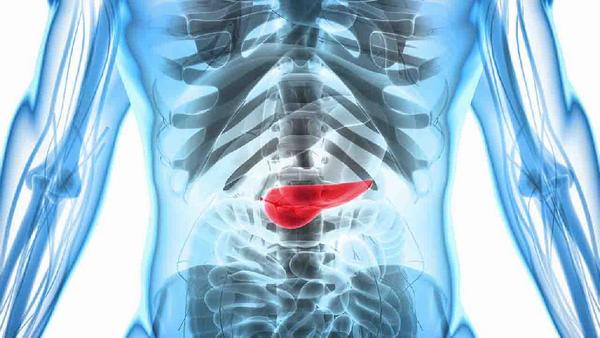怎么能检查胰腺癌
 胰腺癌疾病编辑
胰腺癌疾病编辑
 胰腺癌疾病编辑
胰腺癌疾病编辑
Introduction:
Pancreatic cancer, one of the most deadly forms of cancer, often goes undetected until it reaches an advanced stage. The lack of early symptoms, coupled with the complexity of the organ, makes it challenging to diagnose pancreatic cancer at an early stage. However, with advancements in medical science, several methods have been developed to detect pancreatic cancer in its initial phases, improving the chances of successful treatment and patient survival. This article aims to provide a comprehensive overview of methods used to detect pancreatic cancer.

1. Understand the Risk Factors:
Identifying the risk factors associated with pancreatic cancer can help in early detection. Risk factors include age (over 60), family history of pancreatic cancer, chronic pancreatitis, diabetes, smoking, obesity, and certain inherited gene mutations.
2. Recognize the Symptoms:
While pancreatic cancer may not display prominent early signs, being aware of certain symptoms can aid in the early detection of the disease. Common symptoms include abdominal or back pain, unexplained weight loss, digestive problems, jaundice, loss of appetite, depression, and blood clots.
3. Medical Imaging:
Various imaging techniques play a crucial role in diagnosing pancreatic cancer. These include:
a) Ultrasonography: A non-invasive procedure that uses sound waves to create images of the pancreas.
b) Computed Tomography (CT) Scan: Provides detailed cross-sectional images of the pancreas, aiding in the detection and assessment of tumors.
c) Magnetic Resonance Imaging (MRI): Utilizes magnetic fields and radio waves to generate detailed images of the pancreas.
d) Endoscopic Retrograde Cholangiopancreatography (ERCP): Combines an endoscopy and X-ray to view the pancreas and surrounding areas.
4. Tumor Markers and Blood Tests:
Blood tests can be performed to detect specific tumor markers associated with pancreatic cancer. These markers include:
a) CA19-9: High levels of CA19-9 in the blood may indicate pancreatic cancer.
b) CEA: Elevations in the Carcinoembyonic Antigen (CEA) levels can suggest pancreatic cancer.
It is important to note that tumor marker tests are not definitive for pancreatic cancer, and further diagnostic tests are required to confirm the diagnosis.
5. Biopsy:
A biopsy is the most definitive method to diagnose pancreatic cancer. A tissue sample is extracted from the pancreas and examined under a microscope. Biopsies can be obtained using different techniques:
a) Fine Needle Aspiration (FNA): A thin needle is inserted into the pancreas to extract cells or tissue for examination.
b) Endoscopic Ultrasound-Guided Fine Needle Aspiration (EUS-FNA): Combines endoscopy and ultrasound to guide the needle into the pancreas for sampling.
c) Surgical Biopsy: In some cases, surgical removal of a part of or the entire pancreas may be necessary to diagnose pancreatic cancer.
Conclusion:
Early detection of pancreatic cancer is crucial for better prognosis and treatment outcomes. By understanding the risk factors, recognizing symptoms, utilizing medical imaging techniques, conducting tumor marker tests, and performing biopsies, medical professionals can improve the chances of diagnosing pancreatic cancer in its early stages. Public awareness and regular medical check-ups also play an essential role in timely detection, ultimately improving survival rates for individuals at risk of pancreatic cancer.




